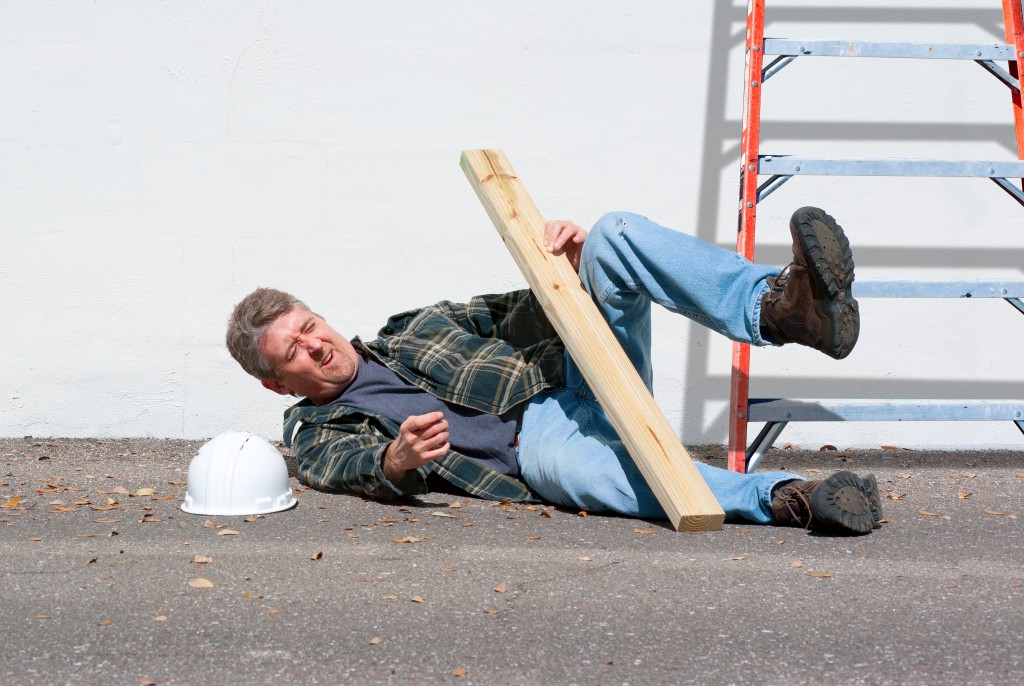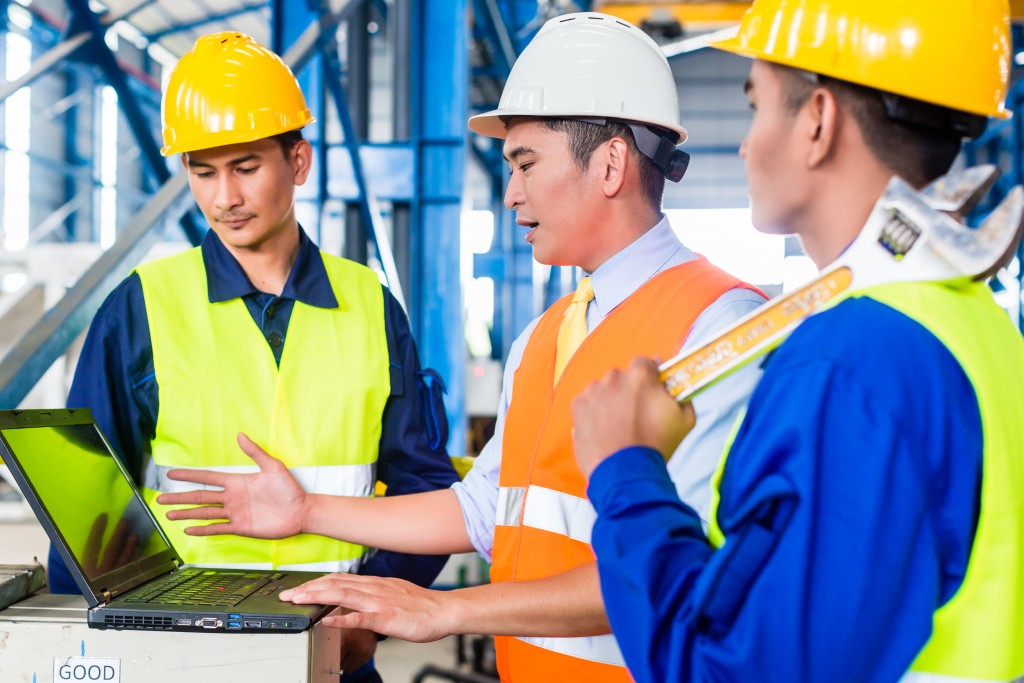There’s no such thing as easy money. When we’re at work, we have to be mindful of our surroundings and alert on what’s happening in 8 hours. That is especially true when it comes to industrial work. Compared to other business sectors, there is a stark difference between working in an industrial scene than working in an office or food service. Most industrial equipment will feature intricate moving parts, and as time passes, there will be more complicated parts added to the mix. Because of this, most industrial sites will always have strict safety codes and protocols which need to be followed.
A business that will place its workforce in high regard will always cultivate a good workplace safety culture. However, even if a company will do its best to ensure the safety of its employees, there will also always be a chance that someone will get hurt, either from industrial accidents or the refusal to heed standard operating procedures.
Workplace Hazards to Look Out For
These types of hazards are a clear and present threat to most workers in the industrial sector. The Occupational Safety Health Act was created as a government entity that specialises in helping oversee businesses and making employees aware of workplace safety and hazards. Having a workplace that is free from any known safety hazards will make the workplace more conducive for work and will ultimately increase the performance of the workforce.
Here are some hazards that we have to look out for:
Safety
First and foremost, this is the most common type of hazard in workplaces. Whether you’re in a factory or an office, you have to be mindful of the water spills, steep falls, moving industrial parts, and cords that can electrocute. That is present in almost any industry.
Biological
This hazard is prevalent in healthcare professions, especially in hospitals and healthcare missions. Personal protective equipment is usually designed to counter biohazards, virulent agents, and harmful bacteria.
Chemical
This danger happens when workers are exposed to fumes, pollutants, vapors, and acidic wastes. Chemical hazards are usually present in pest control services, treatment plants, and food manufacturing facilities.
Physical
These types of hazards are prevalent in physically-intense services. Spikes in temperatures and radiation usually cause it. Roofing services, pipe rotators for welding, and nuclear reactor maintenance will sometimes have these physical hazards when working in certain conditions. However, there is equipment that’s specifically tailored for personal protection.
Ergonomic
This type of hazard usually happens in offices when repetitive work will often cause complications and disorders in the muscle and skeletal system. While this isn’t generally as dangerous as the other types, it still accounts for 33% of the total hazards. That is quite challenging to spot since it’s something that slowly builds up in the workforce over time, with some cases lasting years.
Types of Accidents
 As the years go by, machines, electronics, and industrial equipment are getting increasingly more complicated. With even more moving parts being added to the mix, there has been an increase in workplace accidents.
As the years go by, machines, electronics, and industrial equipment are getting increasingly more complicated. With even more moving parts being added to the mix, there has been an increase in workplace accidents.
While we are drawing up preventive measures on stopping accidents in the workplace, we have to know the type of accidents that usually happen:
Industrial Accidents
This type refers to unexpected accidents during the process of operating the machine. The injury could vary from a minor bruise that will take hours to heal, to a major health emergency that might take months of recovery. Most government entities and laws would define this as an incident that will stop a person from working for the next two days.
Unsafe Acts
These types of accidents occur when an individual is not following safety protocols from the management. While it’s not entirely the fault of the company, this can still impede productivity, and there are some instances that companies can be taken to court for such an incident. Most of the time, the worker mentioned above will probably have to go through safety training again or penalised.
To put it simply: neglecting these safety hazards can usually lead to legal repercussions. Companies and employers should always put a great deal of effort into maximising the security of employees. If needed, some businesses will phase out manual labor with automated machinery to minimise the exposure of employees to these types of machines.
In conclusion, there are several workplace hazards that we have to be mindful of. Whether we’re cooking at the kitchen, working in a treatment plant, or assembling car parts, it doesn’t take a minute to suit up and get into some protective gear.



